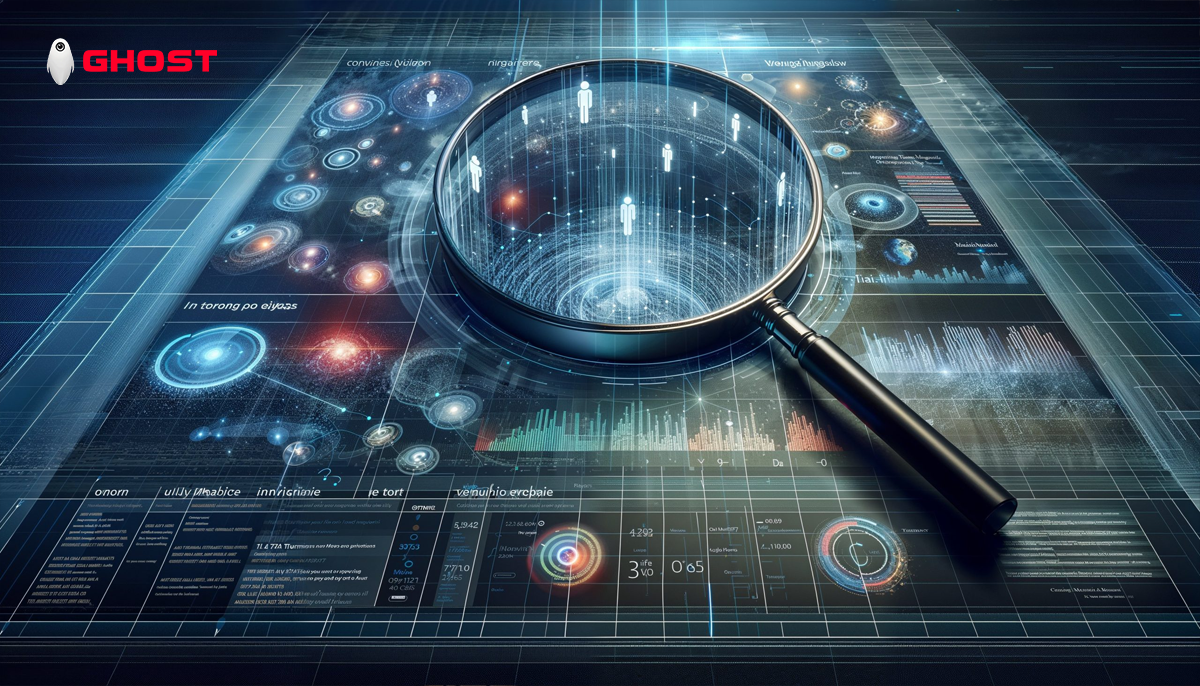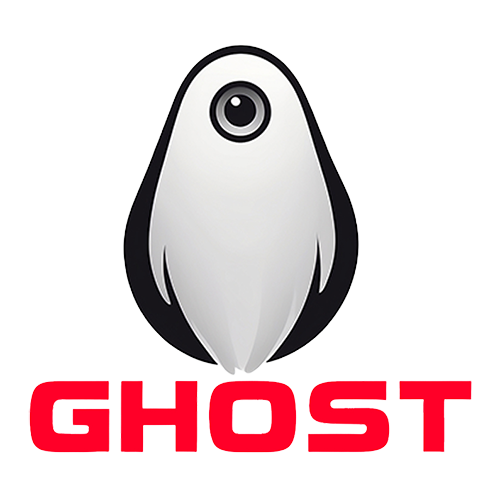In the evolving landscape of digital marketing and customer relationship management, the acronyms CDP and CRM have become pivotal terms for businesses striving to harness data effectively. Both Customer Data Platforms (CDPs) and Customer Relationship Management (CRM) systems are essential tools for managing customer interactions and data, yet they serve distinct purposes and offer unique advantages. This article delves into the differences, functionalities, and strategic benefits of CDPs and CRMs, helping you understand which system may best suit your business needs.
Understanding Customer Data Platforms (CDP)
What is a CDP?
A Customer Data Platform (CDP) is a sophisticated software solution designed to collect, unify, and manage customer data from various sources into a single, comprehensive customer database. This platform provides marketers with a 360-degree view of the customer, enabling data-driven decision-making and personalized marketing. By integrating data from disparate sources, CDPs allow businesses to create detailed customer profiles that are essential for targeted marketing strategies.
CDPs not only consolidate data but also ensure that it’s actionable and reliable. This means that marketers can quickly respond to customer needs and market shifts with precision. The real power of a CDP lies in its ability to provide a unified view of the customer journey, from the first point of contact to the ongoing relationship, which is invaluable for crafting personalized experiences.
The role of a CDP extends beyond data integration; it is a vital component in the digital marketing ecosystem. It serves as the backbone for advanced analytics and customer segmentation, allowing businesses to unlock insights that were previously inaccessible. By understanding the intricacies of customer behavior and preferences, businesses can tailor their strategies to meet specific customer needs.
Key Features of a CDP
- Data Integration: CDPs seamlessly integrate data from multiple channels such as websites, mobile apps, social media, email campaigns, and more. This integration ensures that all customer data is centralized and accessible.
- Unified Customer Profiles: They consolidate customer data into unified profiles, offering a holistic view of each customer across all touchpoints. This comprehensive view is crucial for understanding the full scope of customer interactions.
- Real-Time Data Processing: CDPs process data in real-time, ensuring that the information is current and actionable. This real-time capability allows marketers to engage customers at the right moment.
- Advanced Segmentation: They enable marketers to segment audiences based on detailed attributes and behaviors. This segmentation allows for highly targeted marketing campaigns.
- Privacy Management: CDPs often include features for managing customer consent and ensuring compliance with data privacy regulations. This is essential for maintaining customer trust and adhering to legal standards.
Benefits of Using a CDP
- Enhanced Personalization: By providing a detailed customer view, CDPs allow businesses to tailor marketing efforts to individual preferences, boosting engagement and conversion rates. Personalization leads to more meaningful interactions and customer loyalty.
- Improved Customer Insights: The unified data view aids in understanding customer behavior and predicting future actions, facilitating better strategic decisions. This foresight allows businesses to anticipate customer needs and respond proactively.
- Streamlined Marketing Operations: With all customer data in one place, CDPs simplify campaign management and reduce operational inefficiencies. This centralization of data eliminates silos and fosters collaboration among marketing teams.
- Increased ROI: Data-driven marketing strategies foster higher returns by effectively targeting the right audience with the right message at the right time. The precision of targeting reduces wasted marketing spend and maximizes impact.
Understanding Customer Relationship Management (CRM)
What is a CRM?
Customer Relationship Management (CRM) systems are tools designed to manage a company’s interactions with current and potential customers. CRMs focus on sales, customer service, and relationship management to enhance customer satisfaction and retention. They are pivotal in organizing customer data, streamlining sales processes, and providing exceptional customer service.
CRMs serve as a repository for all customer-related information, making it easier for businesses to track interactions and tailor their communications. With a CRM, companies can maintain detailed records of customer preferences, purchase history, and service interactions, which are essential for building strong customer relationships.
The primary goal of a CRM is to foster better customer engagement by aligning sales and service processes. By doing so, businesses can improve customer satisfaction, increase retention, and drive sales growth. CRMs are not just about managing data; they are integral to creating a positive customer experience.
Key Features of a CRM
- Contact Management: CRMs store and organize customer information, including contact details, communication history, and purchase records. This feature ensures that customer data is easily accessible and up-to-date.
- Sales Management: They assist sales teams in tracking leads, opportunities, and sales pipelines. This capability helps in forecasting sales and managing the sales cycle efficiently.
- Customer Support: CRMs facilitate efficient customer service through ticketing systems and support channels. This ensures that customer inquiries are addressed promptly and effectively.
- Marketing Automation: Some CRMs offer basic marketing automation features for email campaigns and lead nurturing. These tools help in maintaining consistent communication with prospects and customers.
- Analytics and Reporting: CRMs provide insights into sales performance and customer interactions through detailed analytics and reports. This data is crucial for evaluating the effectiveness of sales strategies and making informed decisions.
Benefits of Using a CRM
- Improved Customer Relationships: CRMs enable businesses to maintain detailed records of customer interactions, fostering stronger relationships and customer loyalty. This leads to higher customer satisfaction and retention rates.
- Increased Sales Efficiency: By streamlining sales processes and providing insights into sales activities, CRMs help in closing deals faster and more effectively. Sales teams can prioritize leads and focus on high-value opportunities.
- Enhanced Customer Service: CRMs provide a centralized platform for managing customer inquiries and support requests, leading to quicker resolutions and higher satisfaction. This improves the overall customer experience and trust in the brand.
- Better Collaboration: CRMs promote collaboration among team members by sharing customer information and updates across departments. This ensures that everyone is aligned and working towards common goals.
CDP vs CRM: Key Differences
While both CDPs and CRMs manage customer data, their core focus and functionalities differ significantly. Understanding these differences is crucial for businesses looking to implement the right system.
- Purpose: CDPs are primarily designed for marketing, emphasizing data collection and customer insights, whereas CRMs are tailored towards managing sales and customer service. This fundamental difference influences how each system is utilized within an organization.
- Data Scope: CDPs handle a broader scope of data from diverse channels, while CRMs focus more on direct customer interactions and sales data. This distinction affects the type of insights each system can provide.
- Real-Time Processing: CDPs excel in real-time data processing for immediate insights, whereas CRMs often update customer information at a slower pace. This real-time capability is critical for time-sensitive marketing campaigns.
- Integration and Usage: CDPs integrate with a multitude of marketing tools and platforms, providing extensive data for analysis, while CRMs are more focused on integrating with sales and support systems. This difference impacts how each system can be leveraged to achieve business objectives.
Choosing Between CDP and CRM
The decision to implement a CDP or CRM depends on your business objectives and current needs. Understanding your priorities and goals is essential for making the right choice.
- Opt for a CDP if: Your primary goal is to enhance personalized marketing efforts, obtain deeper customer insights, and manage data from a multitude of sources. CDPs are ideal for businesses that prioritize data-driven marketing strategies.
- Opt for a CRM if: You aim to improve sales management, streamline customer service operations, and enhance customer relationship management. CRMs are well-suited for organizations focused on sales growth and customer support.
In some cases, businesses may benefit from using both a CDP and a CRM, as these tools can complement each other. A CDP can feed enriched customer data into a CRM, providing sales teams with better insights and enabling more effective customer interactions. This integrated approach can drive superior results across marketing, sales, and service functions.
Conclusion
In today’s data-driven world, understanding the distinctions and benefits of CDPs and CRMs is crucial for businesses looking to optimize customer experiences and drive growth. Whether your focus is on comprehensive data integration for marketing or efficient sales and service management, choosing the right platform will depend on your specific goals and operational needs. By leveraging the strengths of CDP and CRM systems, businesses can foster stronger customer relationships, make informed decisions, and achieve superior results.







